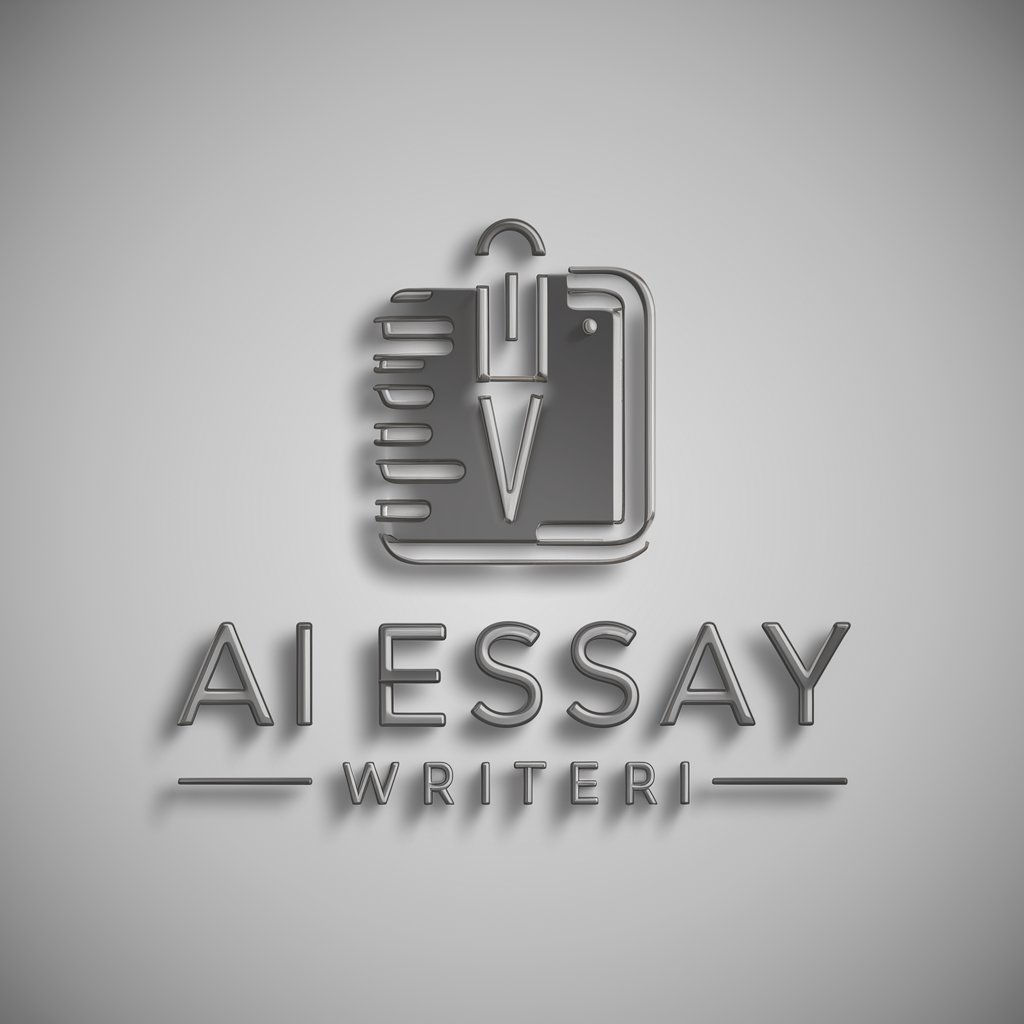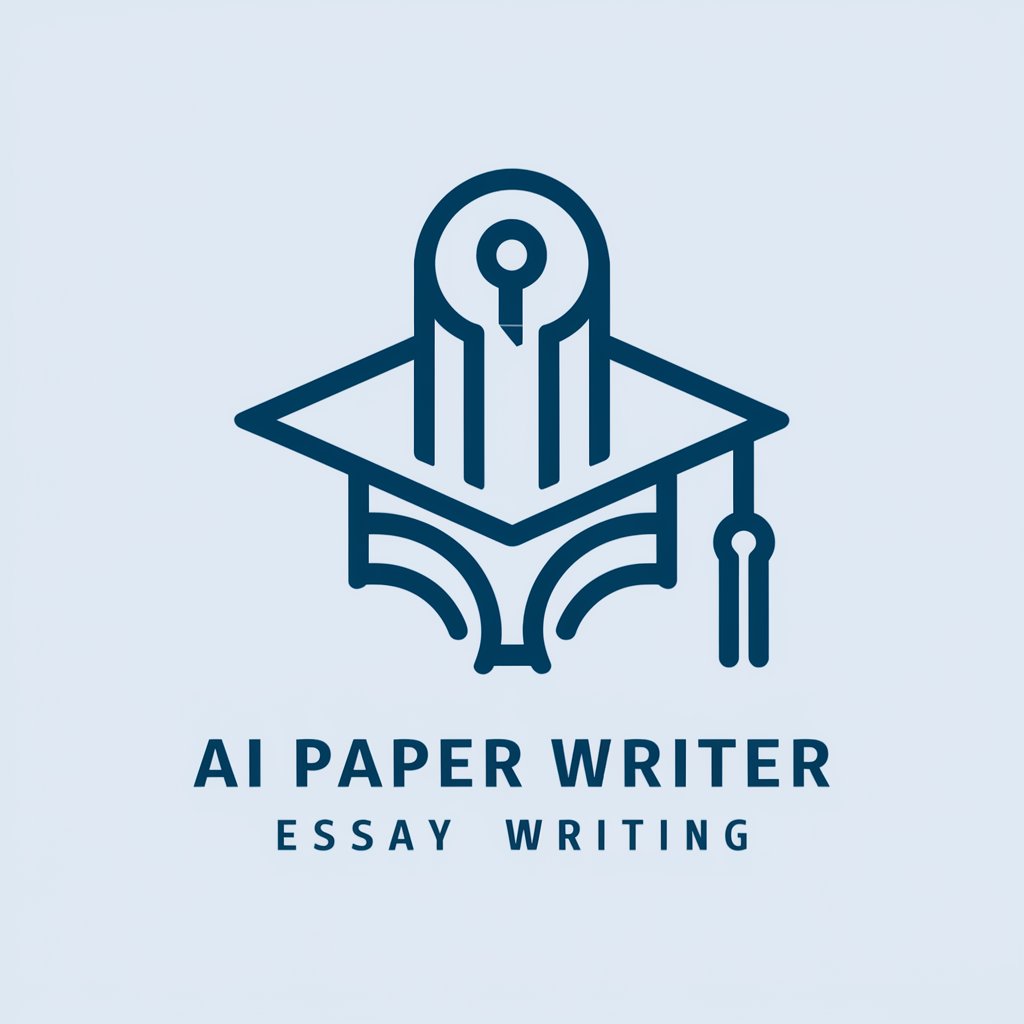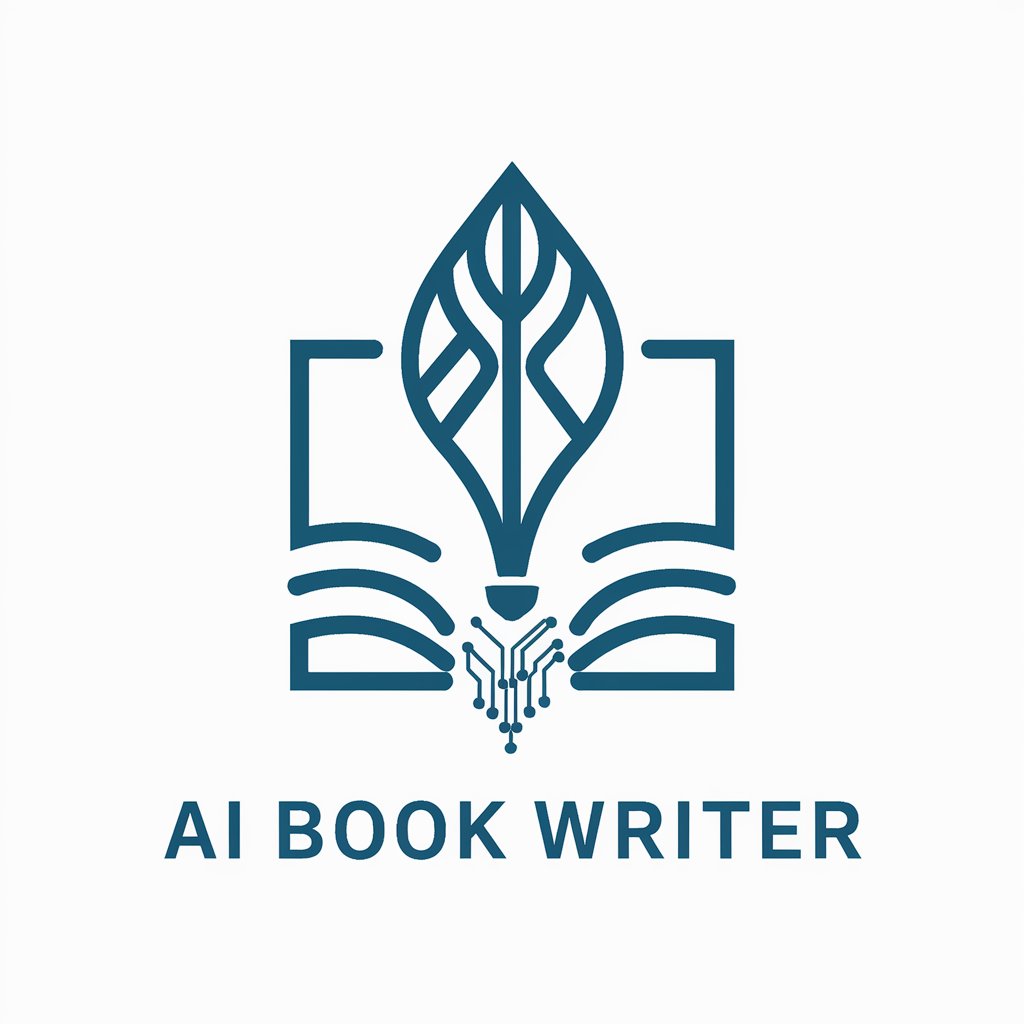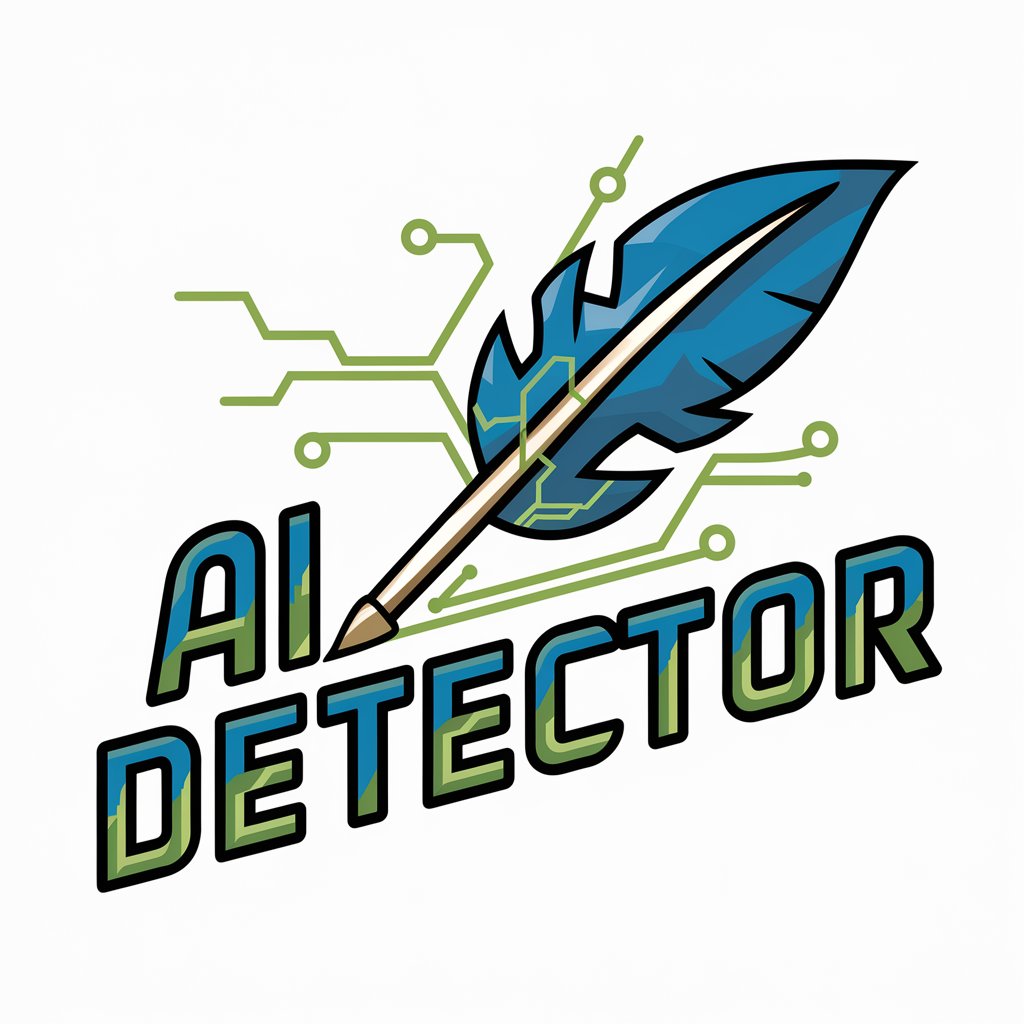
Did AI Write This? - AI-authorship detection tool
Welcome to AI Text Detective! Ready to analyze text for AI authorship? Let's start.
AI-powered detection for AI-written content.
Can you analyze this text for AI authorship?
What are the signs of AI writing in this document?
How does this text compare to known AI-generated content?
I'm unsure if this text is AI-written. Can you help?
Get Embed Code
Introduction to Did AI Write This?
Did AI Write This? is an AI-powered tool designed to detect AI authorship in text. Its primary purpose is to help users analyze whether a piece of text was written by a human or generated by artificial intelligence. Using advanced algorithms and linguistic pattern analysis, it evaluates various textual elements, such as sentence structure, vocabulary usage, and stylistic markers, to identify potential AI involvement. This tool is particularly useful in environments where distinguishing between human and machine-generated content is critical, such as academia, content creation, and business communication. An example scenario would be an educator who suspects that an essay submitted by a student was written by an AI tool like GPT. By submitting the text to Did AI Write This?, the educator can receive a detailed analysis of the text, highlighting areas that suggest AI authorship, allowing them to take appropriate action based on the findings. Powered by ChatGPT-4o。

Main Functions of Did AI Write This?
AI Authorship Detection
Example
A publisher wants to verify if a submitted article was entirely written by the author or partially generated by an AI tool to ensure originality.
Scenario
The publisher uses the AI detection tool to analyze the article. The tool flags sections of the article that contain patterns often associated with AI-generated content, allowing the publisher to address potential issues with the author.
Linguistic Pattern Analysis
Example
A teacher notices unusual vocabulary usage in a student’s essay and suspects it might have been generated by AI.
Scenario
The teacher uses the linguistic analysis function to compare the essay's linguistic patterns with known human-written texts and AI-generated samples. The analysis highlights that the essay has overly formal language and repetitive phrasing, suggesting AI involvement.
Detailed Reporting
Example
A content marketing agency wants to ensure that the blogs produced by freelance writers are original and human-written.
Scenario
The agency runs the blog content through the tool and receives a detailed report on whether the content shows signs of being AI-generated, including specific parts of the text that triggered AI authorship suspicion. This helps the agency maintain content quality and authenticity.
Educational Insights on AI Texts
Example
An academic researcher wants to understand how AI-generated text differs from human-written text for a study on AI in education.
Scenario
The researcher uses Did AI Write This? to analyze several texts and receives insights into common linguistic markers of AI writing, which can then be used as part of the research to discuss the evolving role of AI in writing.
Ideal Users of Did AI Write This?
Educators and Academic Institutions
Teachers and professors who need to assess whether students are using AI tools to write essays, reports, or exams. With the rise of AI writing tools, educators can benefit from using this service to uphold academic integrity and ensure that students' work reflects their own efforts.
Content Creators and Marketing Agencies
Freelancers, copywriters, and content marketing agencies who need to ensure their written content is original and human-produced. These users can use the AI detection tool to verify that no AI assistance was used, which helps to maintain quality standards and brand voice consistency.
Publishers and Media Outlets
Publishers looking to verify that submissions are authored by humans and have not been generated or edited using AI tools. This ensures the integrity and originality of content, which is crucial for maintaining trust with readers.
Legal and Business Professionals
Lawyers, business leaders, and corporate communicators who need to ensure the authenticity of important documents such as legal briefs, reports, or public statements. AI-authored texts may lack the legal or ethical considerations necessary in professional settings, so these users can benefit from ensuring the documents they handle are human-authored.
Academic Researchers
Researchers studying AI-generated content and its impact on various fields. They can use this tool to better understand how AI writes, what patterns it follows, and how to distinguish AI-authored texts from human ones for their research.

How to Use Did AI Write This?
1
Visit yeschat.ai for a free trial without login, also no need for ChatGPT Plus.
2
Upload or paste the text you want to analyze for potential AI authorship.
3
Select the specific AI detection mode, such as AI Authorship Detection Algorithm or Linguistic Pattern Analysis, depending on your needs.
4
Review the analysis report, which includes detailed insights on AI-written patterns, sentence structures, and potential flags.
5
Use the interactive query interface to refine the results or ask additional questions about the analysis to gain deeper understanding.
Try other advanced and practical GPTs
Mindful Guide
Empowering Relationships with AI

Analista Empresarial
Power your business decisions with AI.

Innovate Assistant
Empower Your Business with AI Insight

Mortgage Marketing Maven
Empowering Mortgage Marketing with AI

Cuentos Mágicos
Crafting Magical Stories with AI

Dating Coach - Marriage Buddy
Navigate Relationships with AI

Issue Analyst
Smart Solutions, Tailored Analysis

Steve Jobs for Wisemen
Channeling Jobs' Visionary Insight

PDF Finder
Finding PDFs, Powered by AI

🌟 LOGO 3D Generator🌟
Empowering Brands with AI-Crafted 3D Logos
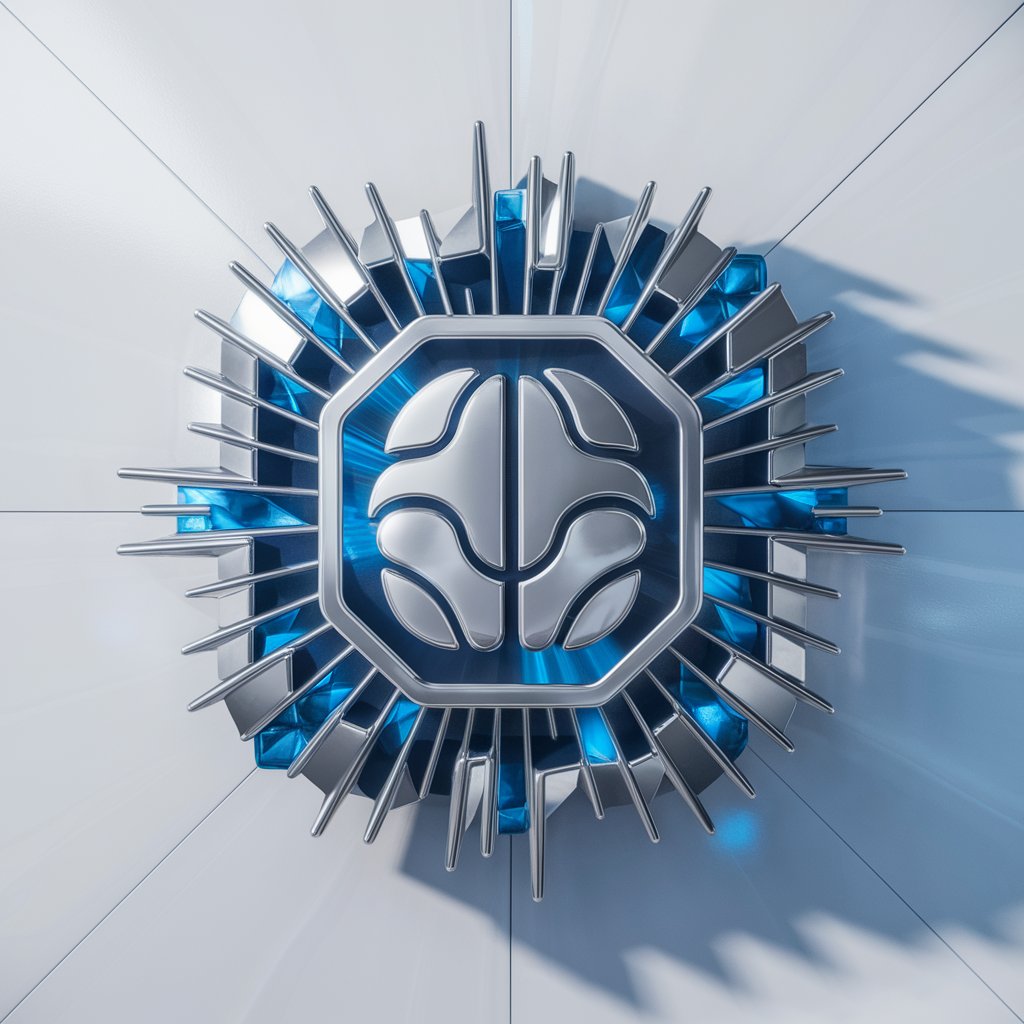
顧問式成交GPT
Empower Your Sales with AI

Master GPT Creator
Crafting AI to Perfectly Fit Your Needs
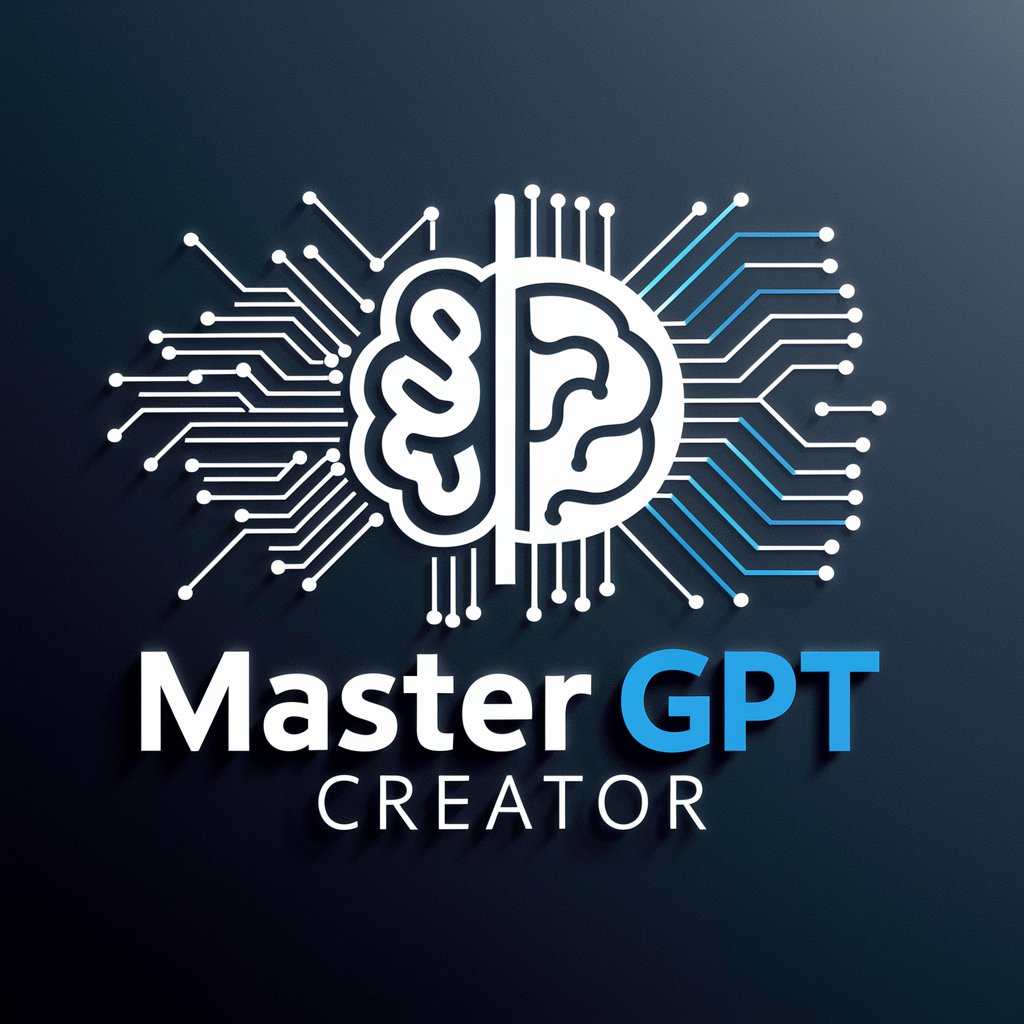
Top 5 Q&A About Did AI Write This?
What types of text can Did AI Write This? analyze?
Did AI Write This? can analyze various types of text, including academic papers, marketing content, creative writing, and more. It detects AI-generated patterns across a wide range of genres.
How accurate is the AI detection?
The tool uses advanced AI detection algorithms combined with linguistic pattern analysis, offering highly accurate results. However, certain AI-generated content that mimics human writing styles closely might still be harder to detect.
Do I need to sign up to use the tool?
No, you can use the tool without signing up. Simply visit yeschat.ai to start your free trial. No login or subscription is required to try the core features.
What are common use cases for Did AI Write This?
Common use cases include detecting AI authorship in student essays, verifying originality in business reports, ensuring human-authored content in academic publishing, and even monitoring AI-generated spam in blogs.
Can Did AI Write This? detect all forms of AI-generated content?
While the tool is designed to detect content from common AI models, it may not catch every instance, especially from highly custom or niche models. Continuous updates help improve its ability to detect emerging AI systems.
